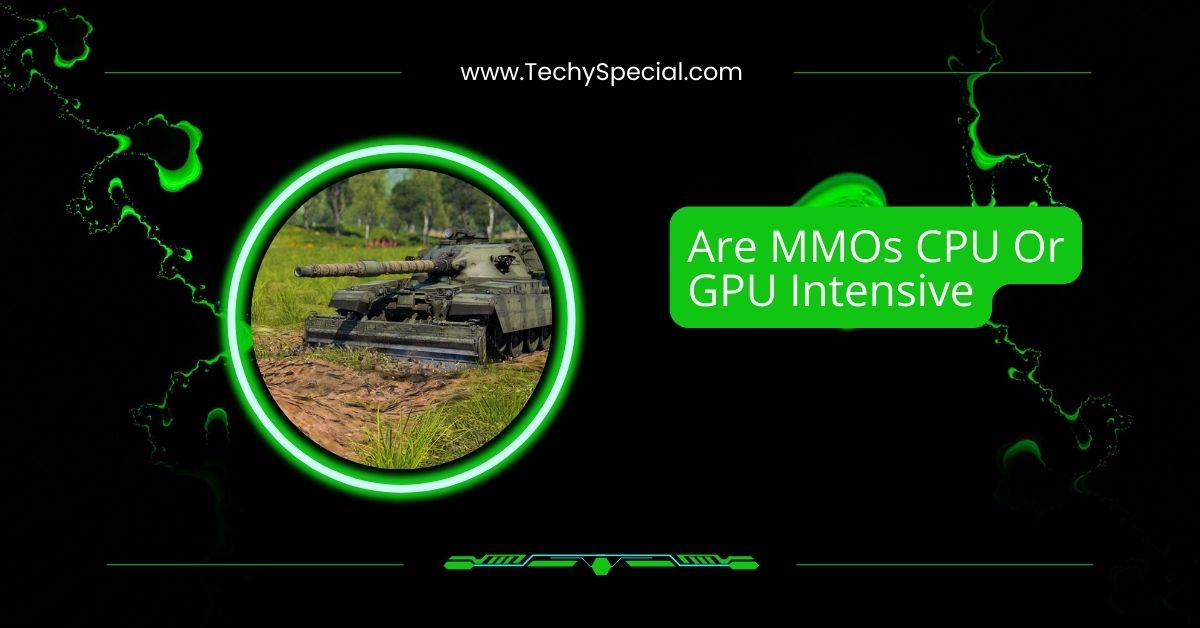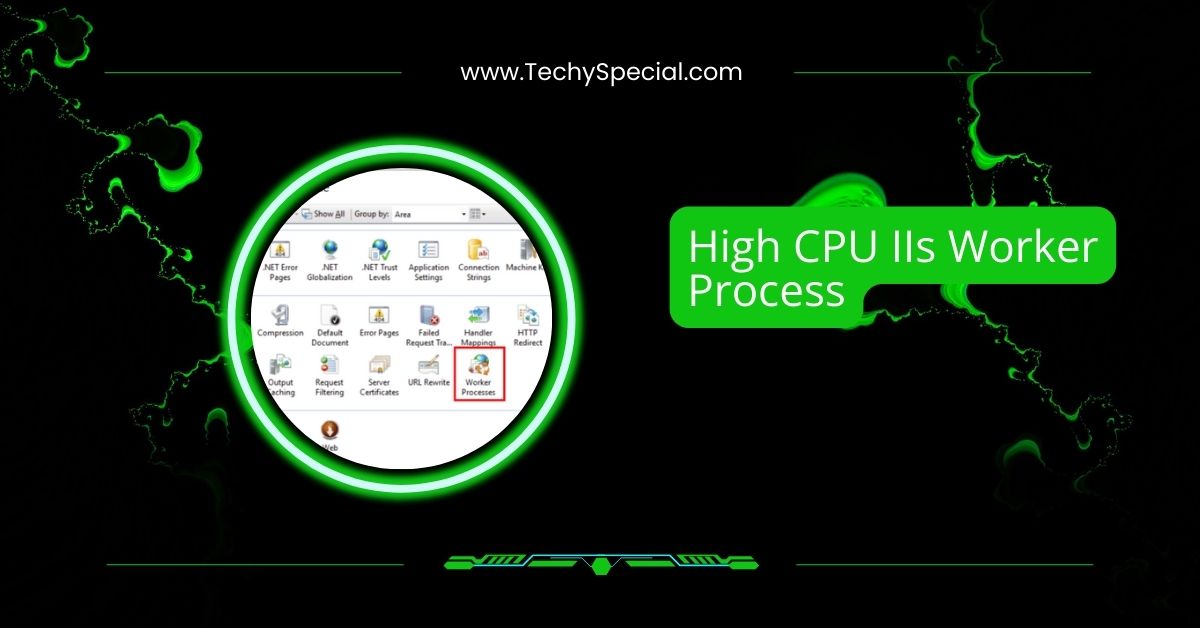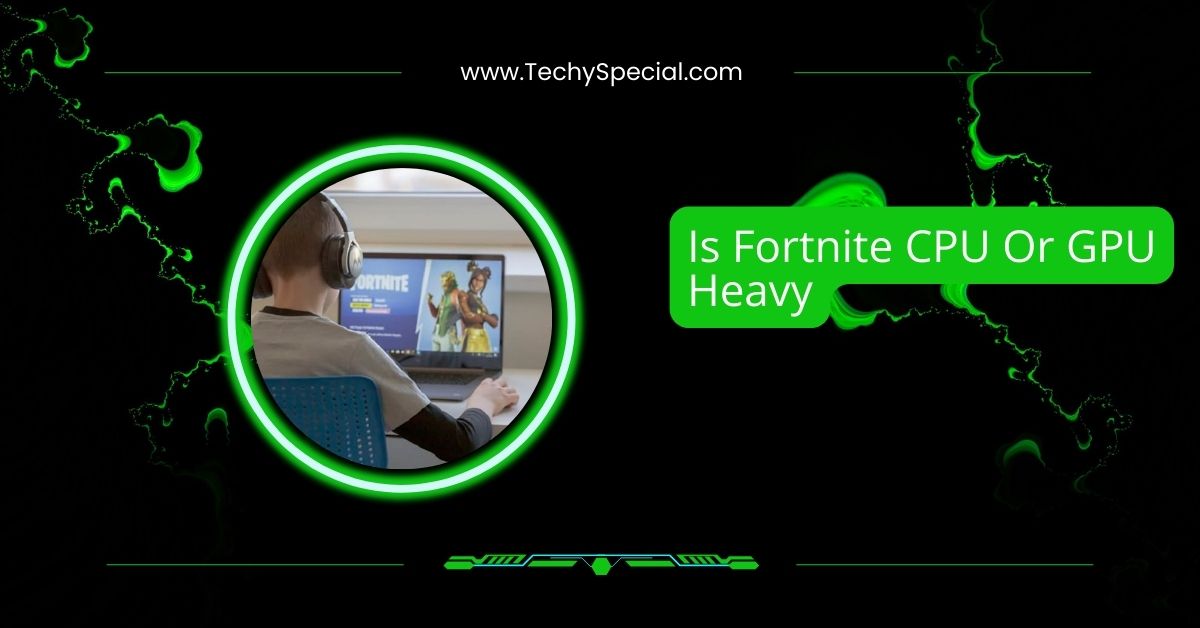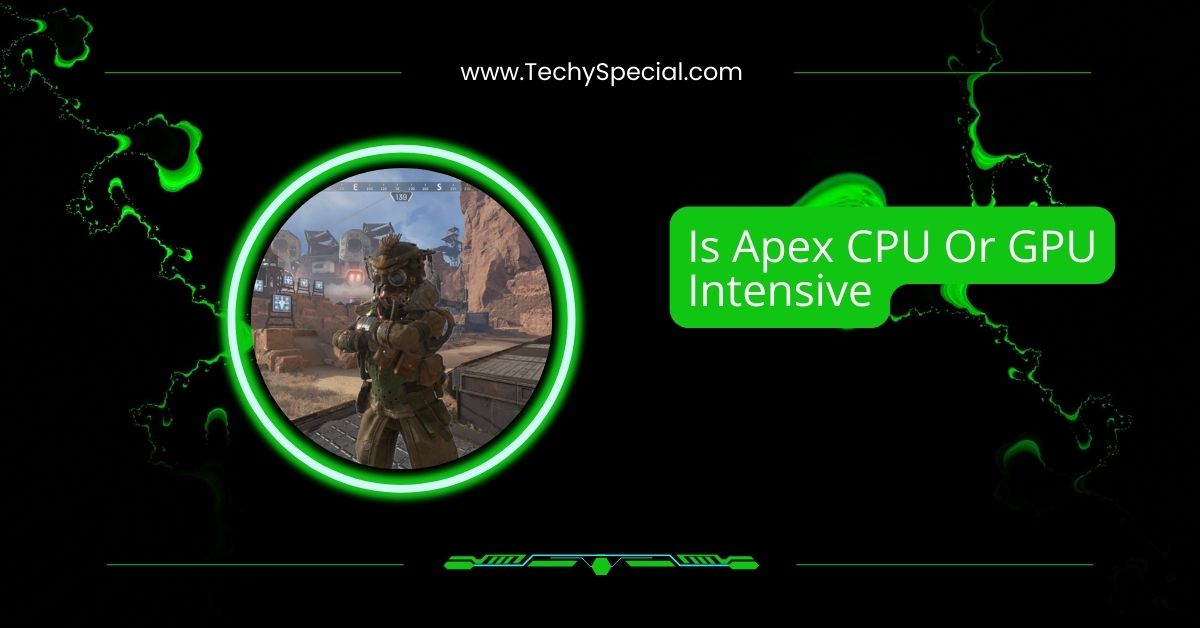Massively Multiplayer Online games (MMOs) like World of Warcraft, Final Fantasy XIV, and New World have captivated millions of gamers across the USA.
MMOs are generally more CPU-intensive than GPU-intensive, as they rely heavily on CPU power for game logic, networking, and handling multiple players, though a decent GPU is still needed for smooth visuals.
In this article, we’ll break down the roles of the CPU and GPU in MMOs, explore which component matters more, and offer tips to ensure your rig is ready for the grind.
The Role of the CPU in MMOs
The CPU, or Central Processing Unit, is often called the brain of your computer. In MMOs, it handles a ton of behind-the-scenes work that keeps the game running smoothly. MMOs are unique because they involve complex game worlds with hundreds (or even thousands) of players interacting in real-time. Here’s what your CPU is doing when you’re playing an MMO:
- Game Logic and Calculations: The CPU processes the game’s rules, such as character movements, ability cooldowns, and combat mechanics. For example, when you cast a spell in World of Warcraft, the CPU calculates damage, applies status effects, and updates the game state.
- AI and NPC Behavior: Non-player characters (NPCs) in MMOs, like quest givers or enemies, rely on the CPU to determine their actions. In a busy city hub in Final Fantasy XIV, the CPU manages dozens of NPCs walking, talking, or fighting.
- Networking: MMOs require constant communication with game servers to sync player actions. The CPU handles sending and receiving data packets, ensuring your character’s movements are reflected in real-time for other players.
- Physics and Collisions: When you run through a crowded marketplace or dodge a boss’s AoE attack, the CPU calculates collisions and physics interactions to prevent you from clipping through objects or other players.
MMOs tend to be CPU-heavy because they juggle so many tasks at once, especially in populated areas like capital cities or large-scale raids. If you’ve ever noticed lag in WoW’s Orgrimmar during peak hours, that’s likely your CPU struggling to keep up with the sheer number of players and calculations.
The Role of the GPU in MMOs
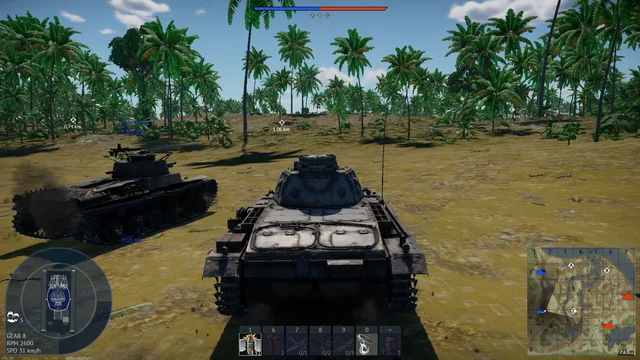
The GPU, or Graphics Processing Unit, is responsible for rendering the visuals you see on your screen. In MMOs, the GPU brings vibrant worlds to life, from lush forests to bustling cities. Here’s what the GPU does in an MMO:
- Rendering Graphics: The GPU draws everything you see, including character models, environments, and special effects like spell animations or weather systems. High-resolution textures and detailed landscapes in games like Black Desert Online demand a strong GPU.
- Frame Rates: The GPU determines how smoothly the game runs by delivering frames per second (FPS). A powerful GPU ensures you get buttery-smooth 60+ FPS, even during chaotic battles.
- Post-Processing Effects: Features like shadows, lighting, anti-aliasing, and reflections are handled by the GPU. For example, the shimmering water effects in Guild Wars 2 rely heavily on GPU power.
- Resolution and Display: If you’re playing on a 1440p or 4K monitor, or using multiple monitors, the GPU has to work harder to render higher resolutions.
While MMOs aren’t always as graphically demanding as single-player titles like Cyberpunk 2077, modern MMOs like New World or Lost Ark push the envelope with stunning visuals that require a decent GPU, especially at higher settings.
Are MMOs More CPU or GPU Intensive?
So, which component takes the bigger hit in MMOs: the CPU or the GPU? The answer depends on the game, your settings, and the in-game scenario, but generally, MMOs are more CPU-intensive than GPU-intensive. Here’s why:
- Player Density and Calculations: MMOs shine in their ability to handle large numbers of players in one area, like during world bosses or PvP battlegrounds. These situations tax the CPU heavily as it tracks player positions, actions, and server syncs. For example, a 40-player raid in World of Warcraft or a massive siege in EVE Online can bring even high-end CPUs to their knees.
- Older Game Engines: Many popular MMOs, like WoW or Runescape, use older game engines that rely more on single-threaded CPU performance than modern, GPU-optimized engines. This means a fast CPU with strong single-core performance is crucial.
- Scalability of Graphics: MMO developers often design games to run on a wide range of hardware, so graphical demands are usually scalable. You can lower settings like shadows or draw distance to reduce GPU load, but you can’t easily offload CPU tasks.
That said, the GPU still matters, especially in newer MMOs with cutting-edge visuals. Games like Black Desert Online or Ashes of Creation (still in development) feature detailed character models, dynamic lighting, and expansive worlds that demand a capable GPU, particularly if you’re playing at high resolutions or max settings.
Balancing CPU and GPU for MMOs
To get the best MMO experience, you need a balanced system where neither the CPU nor GPU becomes a bottleneck. Here are some factors to consider:
- Game-Specific Demands: Older MMOs like WoW or Star Wars: The Old Republic lean heavily on the CPU, so prioritizing a processor with strong single-core performance (like an Intel Core i5-13400 or AMD Ryzen 5 7600X) is wise. Newer MMOs like New World or Lost Ark require a solid GPU (like an NVIDIA RTX 3060 or AMD RX 6700 XT) for high settings.
- In-Game Scenarios: If you love large-scale raids or PvP, your CPU will take the brunt of the work. For solo questing or small-group content, the GPU’s role in rendering visuals becomes more prominent.
- Resolution and Settings: Playing at 1080p with medium settings? A mid-range GPU will suffice. But if you’re rocking a 4K monitor with ultra settings, invest in a high-end GPU like the NVIDIA RTX 4070 or AMD RX 7900 XT.
Tips for Optimizing Your MMO Performance

Whether you’re upgrading your PC or tweaking your current setup, here are some practical tips to ensure your MMO runs smoothly:
- Upgrade Your CPU for Crowded Areas: If you experience stuttering in busy hubs or raids, consider a CPU with strong single-core performance. Intel’s 13th or 14th Gen Core series or AMD’s Ryzen 7000 series are great choices for MMOs.
- Get a Decent GPU for Visuals: For modern MMOs, a mid-to-high-end GPU ensures crisp visuals and smooth frame rates. Look for GPUs with at least 8GB of VRAM for future-proofing.
- Adjust In-Game Settings: Lowering settings like crowd density, shadows, or draw distance can reduce CPU and GPU strain. Most MMOs have detailed graphics menus to fine-tune performance.
- Monitor Performance: Use tools like MSI Afterburner or Task Manager to check CPU and GPU usage while playing. If your CPU is maxed out but your GPU is barely breaking a sweat, it’s time to upgrade your processor.
- Keep Drivers Updated: Ensure your GPU drivers (NVIDIA, AMD, or Intel) and Windows are up to date to avoid performance hiccups.
- Close Background Apps: MMOs are resource-hungry, so shut down unnecessary programs (like browsers or Discord) to free up CPU and RAM.
Future Trends in MMO Hardware Demands
As MMOs evolve, so do their hardware requirements. Upcoming titles like Ashes of Creation and Riot’s League of Legends MMO are pushing graphical fidelity, which will increase GPU demands. Meanwhile, innovations like cloud gaming and server-side processing could offload some CPU tasks, but for now, a strong CPU remains critical for handling complex game logic and networking.
In the USA, where high-end gaming PCs are popular, many gamers are already equipped with powerful rigs. However, budget-conscious players can still enjoy MMOs by tweaking settings or investing in mid-range hardware that balances CPU and GPU performance.
FAQs
Is GTA 5 CPU or GPU Intensive?
GTA 5 is both CPU and GPU intensive. The CPU handles game logic and AI, while the GPU renders detailed graphics, especially at higher resolutions.
Are Multiplayer Games CPU-Intensive?
Multiplayer games are typically CPU-intensive, managing player interactions, networking, and game logic. A strong CPU ensures smooth gameplay, though GPUs handle visuals in graphically demanding titles.
Is WoW More CPU or GPU Intensive?
World of Warcraft is more CPU-intensive, especially in crowded areas or raids, as the CPU processes player actions and networking. GPUs handle visuals but are less critical.
Are Games CPU or GPU Intensive?
Games vary: CPUs handle logic, AI, and physics; GPUs render graphics. Most modern games balance both, but specific titles may lean toward CPU or GPU demands.
Is Minecraft RAM, CPU, or GPU Intensive?
Minecraft is primarily CPU and RAM-intensive. The CPU handles world generation and logic, RAM supports mods and chunks, while the GPU has lighter rendering demands.
Is GTA a RAM Heavy Game?
GTA 5 is moderately RAM-heavy, requiring 8GB minimum for smooth performance. More RAM helps with faster loading and multitasking, especially in online modes or mods.
Conclusion
MMOs are primarily CPU-intensive, driven by complex game logic, networking, and player interactions, but a capable GPU is essential for stunning visuals in modern titles. A balanced PC ensures seamless adventures in your favorite virtual worlds.

